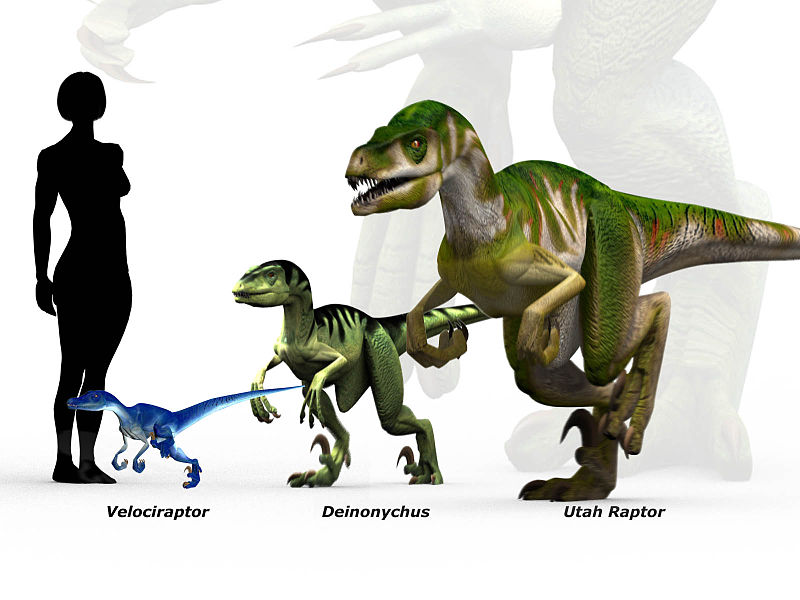Another favorite day! And another rotation lab. Today’s lectures focused on the diversity of vertebrates. We started out with chordates, and then followed the major groups all the way through their transition to land. In the morning, we covered fish, amphibians, and (some) reptilian vertebrates. Then, we stopped for some lab activities that allowed them to explore further the transition to land.

First, an activity from the National Science Foundation’s National Center for Case Study Teaching in Science, “A Strange Fish, Indeed,” This interrupted case study describes the extraordinarily COOL discovery by Marjorie Courtenay-Latimer of a living Coelacanth – a sarcopterygian fish from an order believed extinct for 70 million years. This is one of my very, very favorite biology stories, and I did touch on it briefly in lecture, but working through this case study, which allowed the story to unfold gradually, was wonderful. On the whole, I’ve found that the case study activities put out by the NSF are excellent. I used this one as is, without any modifications.


I also showed them this adorable music video about Tiktaalik – another transitional fish.
We ended the morning with this cool interactive activity from HHMI: Great Transitions, Transition to Land

After lunch, it was time for probably my favorite lecture of the entire semester . . . *drumroll* . . . DINOSAURS!!!!!!! I do love dinosaurs, always have, so this is a big deal for me! When the students return from lunch, I have the “Jurassic Park” theme song playing to set the mood. I have animated slides, including the most epic image ever created:

The dinosaur lecture has a bunch more cool stories – how Othniel Marsh put the wrong head on his “Brontosaurus” skeleton; why the original name for Megalosaurus was Scrotum humanum; the problem with the “Velociraptors” in the Jurassic Park films.



And of course, the question that everyone wants answered: WHEN WILL I BE ABLE TO GENETICALLY ENGINEER MY OWN BABY DINOSAUR? This leads to a discussion of cloning, which, sadly, will probably not ever allow us to make baby dinosaurs, BUT there are some other genetic techniques that will – our first attempts have led to the majestic CHICKEN-O-SAURUS!!!!!
After lecture, more fun during the vertebrate rotation lab! The trick with this lab is choosing which of the LOADS OF COOL SPECIMENS from our Vertebrate Museum to pull out and put on display.

This time around, in addition to some specimens from each of the major groups (fishes, amphibians, “reptiles,” birds, and mammals), I went with a couple of stations that would allow them to explore function: skulls, to look primarily at the teeth, and hypothesize about diet, and bird feet, to determine whether they were for perching, wading, swimming, grasping prey, etc.


Once again, they really enjoyed everything! And one of my students said something really sweet at the end of the day. He’d asked if I’d set up the entire display myself (I answered honestly that I’d had assistance in pulling out the museum specimens, but I’d set up the classroom myself. During the summer semester, I am solely responsible for most of the lab set up and tear down, since I’m not technically employed by the Biology Department, but instead by the Department of Extended Education. I have access to department materials, but not the same level of support that happens during the regular semesters).
After I explained this, he said, “Thank you so much for all the hard work you put into setting all this up for us.”
It meant a lot to me, to know that he’d been enjoying the lab activities, and appreciating the work that went into putting them together. Seriously presh. <3
Selected Materials
110 Vertebrate Lab SU17
110 Mystery Skull Chart
Mystery Skull Station (Adapted from this activity, developed by Arizona State University: https://extension.arizona.edu/sites/extension.arizona.edu/files/pubs/az1145.pdf)
















